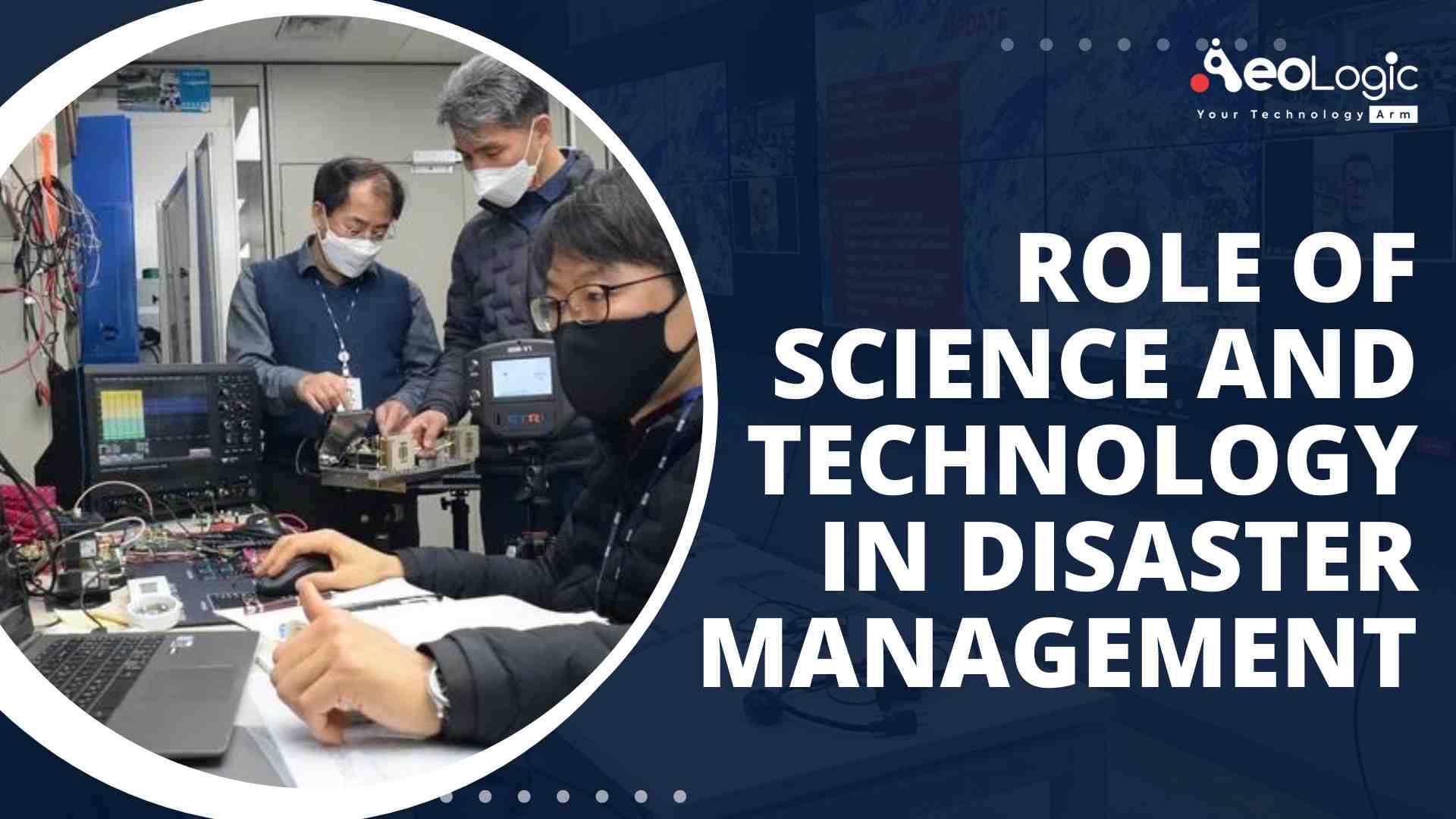In a world where natural disasters are an increasingly prominent threat, the role of science and technology in disaster management is paramount. Ensuring that rescue teams, medical professionals, and other emergency response workers have the tools they need to keep themselves and those around them safe is vital.
Natural disasters are one of the worst catastrophes that can befall a region. It can destroy homes and crops, affect the environment, and cause injury, and even death to people in the area. These events are often unpredictable but thanks to modern science and technology, we have found ways to create a system that can help our country deal with natural disasters in an effective manner.
The article is about how science and technology play a critical role in disaster management.
Also Read: How RFID Solutions Help in Inventory Management
Science and Technology in Disaster Management
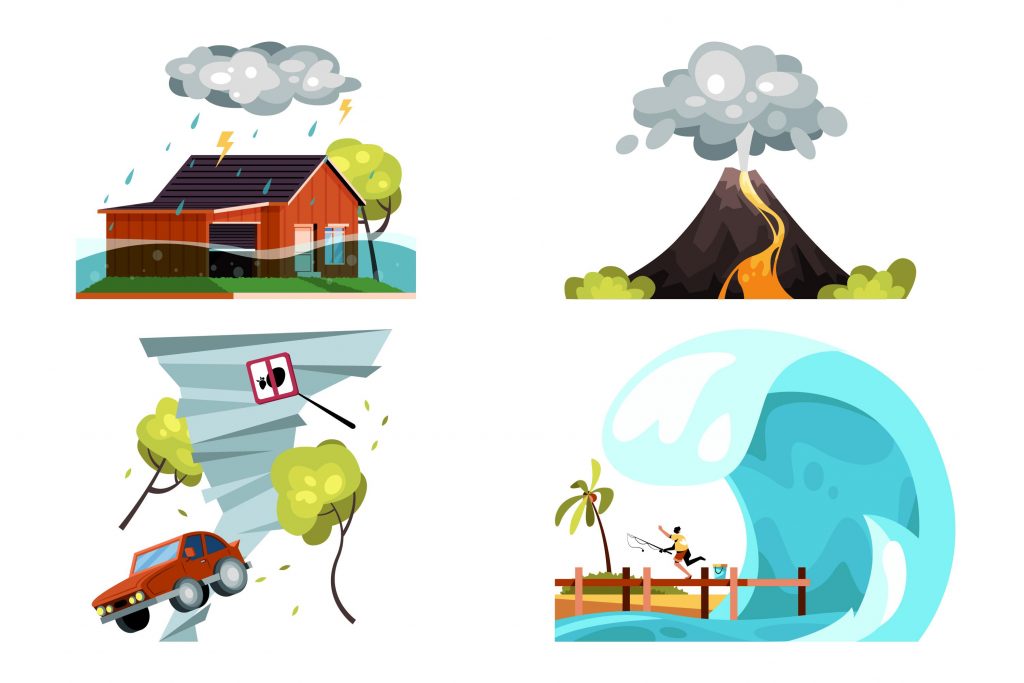
Science and technology play an important role in disaster management. It helps us to better understand the causes of disasters and how to prepare for and respond to them. It also helps us to monitor and predict the impacts of disasters, so that we can reduce their impact on people and communities.
Science and technology can help us to:
- better understand the causes of disasters
- prepare for and respond to disasters
- monitor and predict the impacts of disasters
- reduce the impact of disasters on people and communities
Importance of Science and Technology in Disaster Management
Science and technology play an important role in disaster management because they can be used to predict and monitor potential disasters, as well as to develop strategies for responding to and mitigating the impacts of disasters.
In the past, science and technology have been used to predict and monitor natural disasters such as earthquakes, hurricanes, and floods. By understanding the patterns of these events, scientists and engineers have been able to develop warning systems that give people time to evacuate or take other safety precautions.
Science and technology have also been used to develop better methods for responding to and mitigating the impacts of disasters. For example, advances in communications technologies have allowed first responders to coordinate their efforts more effectively during emergencies. And new construction techniques are being developed that can help buildings withstand the force of earthquakes and hurricanes.
As we continue to face the threats of natural and man-made disasters, science and technology will play an increasingly important role in helping us manage these risks.
Also Read: The Importance of Mobile App Testing and Quality Assurance
Scope of the Disaster Management
The role of science and technology in disaster management has been evolving rapidly in recent years. New technologies are being developed and deployed at an increasing pace, and scientific knowledge about disasters is advancing quickly.
The scope of the disaster management field has also expanded significantly. In the past, disaster management generally focused on responding to and recovering from natural disasters such as hurricanes and earthquakes. Today, however, the field also encompasses man-made disasters such as terrorist attacks and industrial accidents. As a result, the disaster management field now includes a wide range of activities, from prevention and mitigation to response and recovery.
Science and technology play a critical role in all aspects of disaster management. In the prevention stage, for example, scientific research can help identify potential hazards and develop strategies to reduce the risk of them occurring. Once a disaster has occurred, science and technology can be used to assess the damage, assist in rescue operations, and provide information that can help people affected by the disaster recover more quickly.
As the scope of the disaster management field continues to expand and new technologies are developed, the role of science and technology will become even more important. Science and technology can help us better understand disasters, develop more effective ways to prevent them from occurring, respond more effectively when they do occur, and ultimately help reduce the loss of life and property that results from these events.
Checkout our trending blog: The Role of AI in Shaping the Future of Education Industry
Role of Science and Technology Plays in Disaster
- Preparation
- Response
- Recovery
- and Mitigation
Science and technology play an important role in disaster management by providing information and tools that can be used to prepare for, respond to, recover from, and mitigate the effects of disasters.
Disaster management is the process of planning, coordinating, and executing activities to reduce the impact of a disaster. Science and technology can provide information and tools that can be used at each stage of the disaster management process.
Preparation: Science and technology can be used to identify potential hazards and develop plans and procedures for dealing with them. For example, computer modeling can be used to predict the path of a hurricane or the spread of a wildfire. This information can help emergency responders plan their response and evacuation efforts.
Response: Science and technology can also be used during a disaster to assist emergency responders. For example, satellite imagery can be used to assess damage after a hurricane or earthquake. GPS tracking can be used to locate people who are stranded or lost. And mobile apps can provide real-time updates on conditions in affected areas.
Recovery: After a disaster has occurred, science and technology can help with the recovery effort. For example, Geographic Information Systems (GIS) can be used to map damage from a hurricane or earthquake. This information can help aid workers identify areas that need assistance. Remote sensing can also be used to assess damage from floods or landslides.
Mitigation: Finally, science and technology can be used to mitigate the effects of future disasters. For example, engineering can be used to design structures that are resistant to earthquakes or hurricanes. And disaster risk reduction plans can be developed that take into account the potential impact of climate change.
Do you know? The Role of Traceability in the Textile Industry
Technology Resources for Disaster Management
In recent years, there has been an increasing emphasis on the role of science and technology in disaster management. This is due to the fact that technology can play a vital role in mitigating and managing the effects of disasters.
There are a number of different technology resources that can be used for disaster management.
One of the most important is satellite imagery. Satellite imagery can be used to map the extent of damage caused by a disaster, as well as to track the movement of people and debris. This information can be used to help plan rescue and relief operations.
Another important technology resource is GIS (geographic information system). GIS can be used to create detailed maps of an area affected by a disaster. This information can be used to identify safe routes for evacuation, as well as potential locations for relief camps. The capability to analyze data in real time has transformed disaster response strategies. Technologies such as Geographic Information Systems (GIS) and satellite imagery provide detailed visualizations of disaster zones, facilitating more effective decision-making and resource allocation. For instance, during Hurricane Harvey in 2017, responders used GIS to map flooded areas and track water levels in real-time, directing rescue operations more efficiently and safely. The integration of AI and machine learning further enhances this by predicting disaster trends and potential secondary hazards, like landslides after heavy rains.
Other useful technology resources include weather forecasting systems and early warning systems. These systems can provide critical information about impending disasters, which can help people take appropriate precautions.
Also Read: IoT in Agriculture: Cultivating Productivity with Smart Farming
Top Technologies Revolutionizing Disaster Response
As disasters become more frequent and severe due to factors like climate change and urbanization, technology has become indispensable in saving lives and mitigating impacts.
Mobile Technology for Coordination
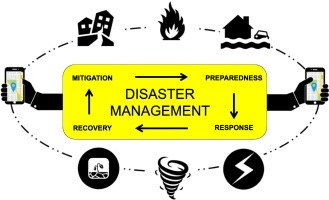
One of the most impactful technologies in disaster response is mobile technology. Mobile devices enable real-time communication between responders and affected populations. For example, text messaging services have been used extensively to alert individuals about impending dangers or to provide crucial information post-disaster. A telling statistic is that during the 2011 earthquake and tsunami in Japan, mobile communication systems helped to locate and rescue approximately 20,000 stranded people by coordinating efforts among multiple agencies swiftly.
Drones and Robots in Search and Rescue
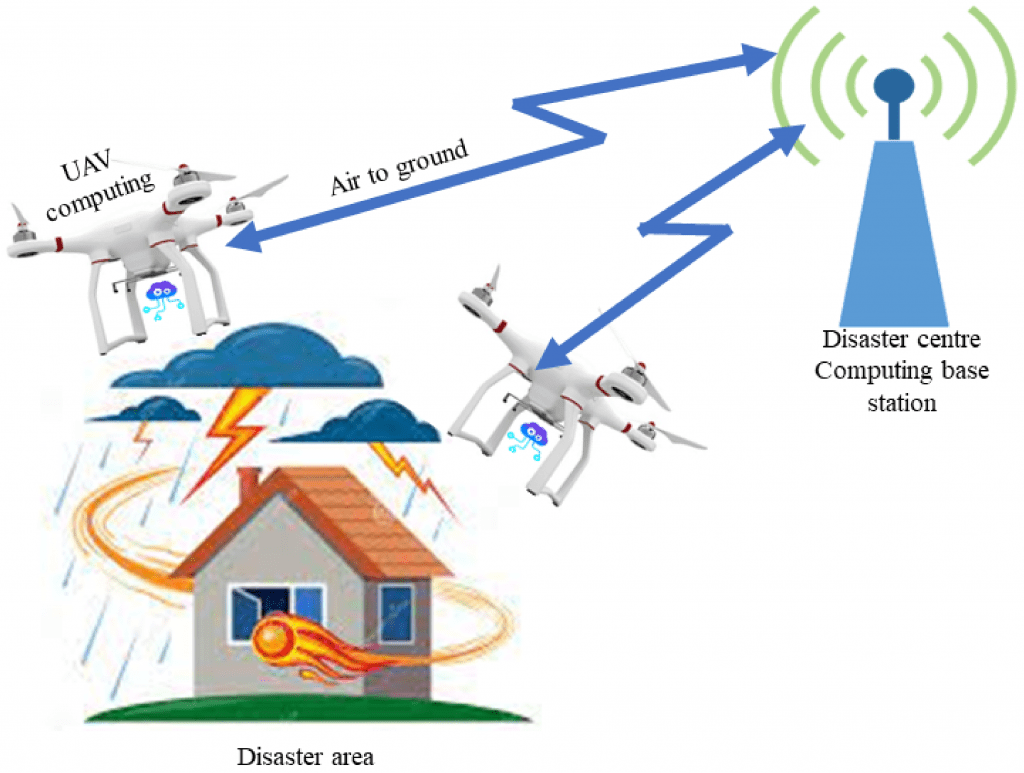
Drones have emerged as critical tools in the aftermath of disasters. They can quickly survey vast areas to assess damage and identify paths that are safe for rescuers or essential for delivering aid. In the aftermath of the 2015 earthquakes in Nepal, drones were deployed to capture high-resolution images of affected areas, which significantly aided in planning and executing relief operations. Similarly, robots are increasingly used in environments too hazardous for human responders, such as collapsed buildings or areas with potential chemical spills. These robots can navigate debris, relay visual data, and even detect heat signatures of survivors trapped under rubble.
Role of Social Media
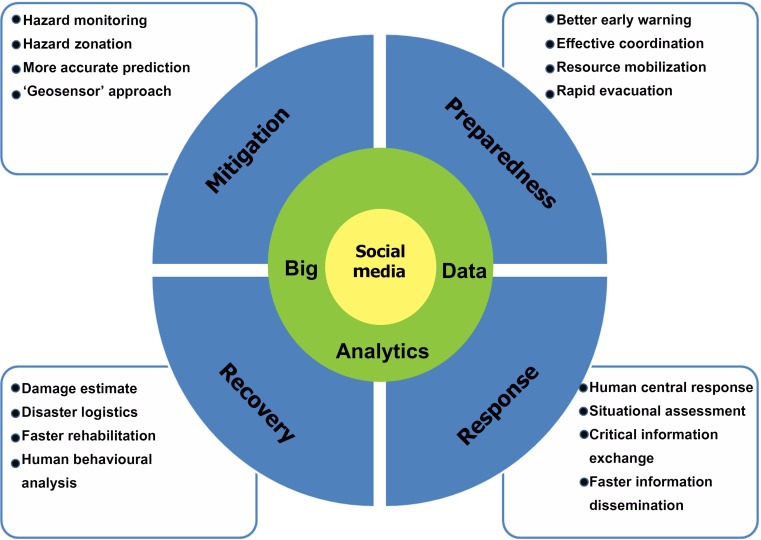
Social media platforms have also become crucial in disaster response. They not only facilitate rapid information dissemination but also help in mobilizing resources and gathering crowd-sourced data. During the 2013 Typhoon Haiyan in the Philippines, social media was used extensively for coordinating volunteer groups and distributing food and medical supplies. Additionally, platforms like Twitter and Facebook enabled victims to communicate their needs and status, assisting responders in prioritizing areas in dire need.
These advancements, supported by robust training and strategic deployment, hold the promise of transforming disaster response into a more proactive and predictive field, ready to tackle the challenges posed by an increasingly unstable natural environment.
Final Word
Disasters typically occur in well-defined areas, even when the community is unaware of the disaster’s coping mechanism. To minimize disaster damages, disaster mitigation programs must be implemented extensively at the national level, covering a wide range of issues. In disaster mitigation, there should be a greater emphasis on the development of new technologies. The only effective way to mitigate the impact of future disasters is through disaster preparedness and awareness.
As a result, without science and technology, as well as their integration with other disciplines, there can be no world free of natural disasters. We already know a lot about natural disasters and how to avoid or mitigate many of their effects thanks to science and technology. We have the ability to significantly reduce disasters. Now is the time to implement the International Disaster Reduction Strategy.
If you are interested in elevating your businesses using technology, connect with our industry experts at Aeologic Technologies.
Must Read: 10 Ways to Use Artificial Intelligence to Improve Business Processes
Related Blogs:
- How AI/ML Can Change the Public Transportation Industry
- Transforming Business With Digital Technology in the Oil Palm Industry in India
- Importance of Digital Asset Management in the Retail Industry
- How AI is Transforming the Agriculture Industry
- 10 Ways to Use Artificial Intelligence to Improve Business Processes
- The Future of IoT Technology in Convenience Stores
- Building Manufacturing Resilience Through AI and ML

